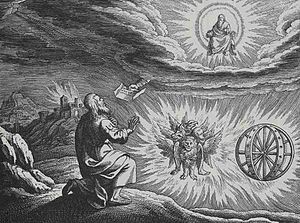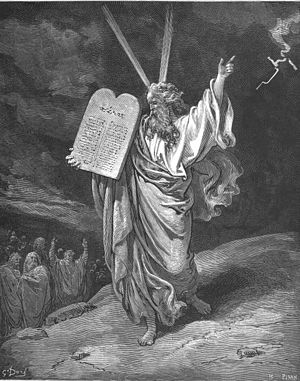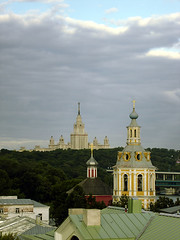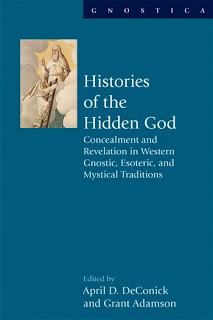 April DeConick has written an interesting article, Who is Hiding in the Gospel of John? Reconceptualizing Johannine Theology and the Roots of Gnosticism (published as a chapter in Histories of the Hidden God) that coincidentally ties in remarkably well with the view of Roger Parvus (posted in part here) that the Gospel of John is an orthodox redaction of the Gospel of an apostate from Marcionism, Apelles. Not that DeConick argues Parvus’s thesis. In fact she has a different explanation for the evidence she reads in the Gospel. But I think readers of Roger Parvus’s posts here may well think the doctrines April identifies in the Gospel do indeed match the teachings of Apelles the ex-Marcionite .
April DeConick has written an interesting article, Who is Hiding in the Gospel of John? Reconceptualizing Johannine Theology and the Roots of Gnosticism (published as a chapter in Histories of the Hidden God) that coincidentally ties in remarkably well with the view of Roger Parvus (posted in part here) that the Gospel of John is an orthodox redaction of the Gospel of an apostate from Marcionism, Apelles. Not that DeConick argues Parvus’s thesis. In fact she has a different explanation for the evidence she reads in the Gospel. But I think readers of Roger Parvus’s posts here may well think the doctrines April identifies in the Gospel do indeed match the teachings of Apelles the ex-Marcionite .
The Father of the Jews is the Father of the Devil
The passage that sparked April DeConick’s particular interest in the Gospel of John was the Greek working in 8:44
ὑμεῖς ἐκ τοῦ πατρὸς τοῦ διαβόλου ἐστὲ
you of the father the devil are
DeConick explains (my bolding):
With the article preceding πατρός, the phrase του διαβόλου is a genitive phrase modifying the nominal phrase έκ του πατρός.. Thus: “You are from the father of the Devil.” If the statement were to mean, as the standard English translation renders it, “You are of the father, the Devil,” then ‘the article preceding πατρός would not be present.
Look at the complete verse as it is normally translated into English:
Ye are of your father the devil, and the lusts of your father ye will do. He was a murderer from the beginning, and abode not in the truth, because there is no truth in him. When he speaketh a lie, he speaketh of his own: for he is a liar, and the father of it. (KJV)
“Father of it” does sound a wee awkward. Notice how Youngs Literal Translation treats that last phrase:
. . . . because he is a liar — also his father.
And that’s what April DeConick also points out is the “literal reading of John 8:44f
. . . . because he is a liar and so is his father.
So John 8:44 speaks the father of the Devil. Continue reading “The Devil’s Father and Gnostic Hints In the Gospel of John”

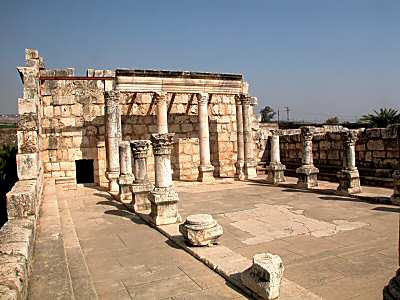
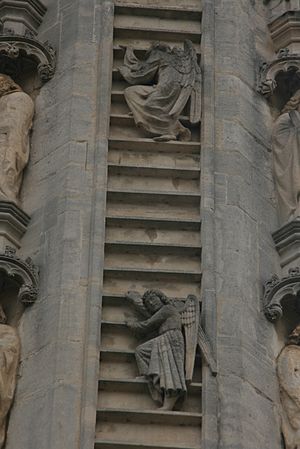
 April DeConick in
April DeConick in 